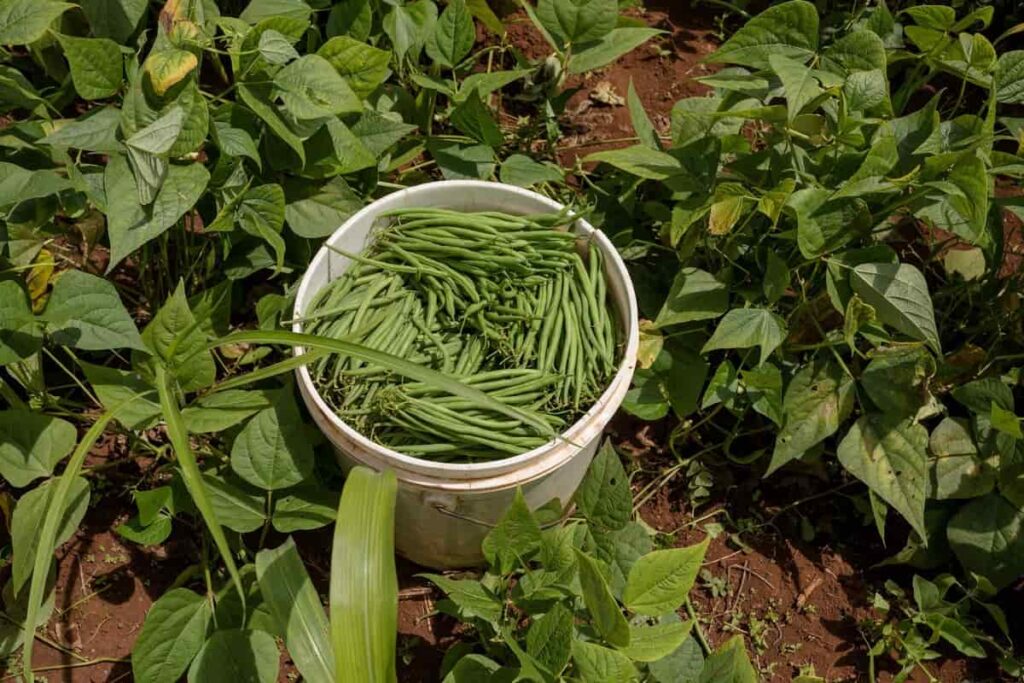
Planting zones play a crucial role in determining the success of gardening and landscaping efforts. In this article, we’ll explore the planting zones of Missouri, providing insights into the state’s climate, plant hardiness zones, and tips for successful planting practices tailored to Missouri’s unique conditions.
I. Introduction
A. Overview of Planting Zones
Planting zones, also known as hardiness zones or climate zones, are geographical regions defined by specific climatic conditions that affect plant growth and survival. These zones help gardeners and landscapers select suitable plants and plan their gardening activities accordingly.
B. Importance of Knowing Planting Zones
Understanding planting zones is essential for selecting plants that are well-suited to the local climate and environmental conditions. By choosing plants that are appropriate for their zone, gardeners can increase the likelihood of successful growth and minimize the risk of plant stress, damage, or failure.
C. Introduction to Missouri’s Planting Zones
Missouri, located in the heart of the United States, experiences a diverse range of climates and environmental conditions. Knowing Missouri’s planting zones is crucial for gardeners and landscapers seeking to cultivate thriving gardens and landscapes that are adapted to the state’s unique climate and topography.
II. Understanding Missouri’s Climate
A. Geographic Location and Topography
Missouri’s geographic location and topography play a significant role in shaping its climate and weather patterns. The state is characterized by diverse landscapes, including rolling hills, fertile plains, and forested regions, which influence local microclimates and growing conditions.
B. Climate Zones Within Missouri
Missouri experiences a variety of climate zones, ranging from humid continental in the north to humid subtropical in the south. These climate zones are influenced by factors such as latitude, elevation, proximity to bodies of water, and prevailing weather patterns, resulting in a wide range of temperature and precipitation variations across the state.
C. Factors Influencing Plant Growth
Several factors influence plant growth and survival in Missouri, including temperature, precipitation, soil type, and sunlight exposure. Understanding these factors and how they vary across different regions of the state is essential for selecting suitable plants and planning successful gardening projects.
III. Plant Hardiness Zones in Missouri
A. USDA Plant Hardiness Zones
The United States Department of Agriculture (USDA) divides the country into plant hardiness zones based on average annual minimum winter temperatures. Missouri encompasses multiple USDA plant hardiness zones, ranging from zone 5b in the northern part of the state to zone 7a in the southern part.
B. Sunset Climate Zones
In addition to USDA plant hardiness zones, Missouri is also classified into Sunset climate zones, which take into account additional factors such as summer temperatures, humidity, and elevation. Sunset climate zones provide valuable information for selecting plants that can withstand Missouri’s hot summers and cold winters.
C. Recommended Plants for Each Zone
Gardeners in Missouri can choose from a wide variety of plants that are well-suited to their specific planting zone. Recommended plants may include native species, adapted cultivars, and exotic varieties that thrive in Missouri’s climate and growing conditions.
IV. Tips for Planting in Missouri
A. Choosing Suitable Plants
When selecting plants for your garden or landscape in Missouri, consider factors such as hardiness, drought tolerance, disease resistance, and aesthetic appeal. Choose plants that are well-adapted to your specific planting zone and soil conditions for best results.
B. Timing Planting According to Zone
Timing is crucial when planting in Missouri, as the state experiences distinct seasons with varying temperature and precipitation patterns. Consult planting calendars and guidelines specific to your planting zone to determine the optimal times for sowing seeds, transplanting seedlings, and planting bulbs or perennials.
C. Providing Adequate Care and Maintenance
Once planted, it’s essential to provide adequate care and maintenance to ensure the health and vitality of your garden or landscape. Water plants regularly, especially during periods of drought or extreme heat, and mulch around the base of plants to conserve soil moisture and suppress weed growth. Monitor plants for signs of pests, diseases, or nutrient deficiencies, and take appropriate action to address any issues promptly.
V. Conclusion
A. Importance of Considering Planting Zones
Understanding Missouri’s planting zones is essential for successful gardening and landscaping projects. By selecting plants that are well-suited to your specific zone and providing them with appropriate care and maintenance, you can create thriving gardens and landscapes that enhance the beauty and biodiversity of your outdoor space.
B. Adapting Planting Practices to Local Conditions
Adapting your planting practices to local conditions is key to achieving gardening success in Missouri. By considering factors such as climate, soil type, and sunlight exposure, you can make informed decisions that support the health and vitality of your plants and contribute to the overall resilience of your garden or landscape.
C. Final Thoughts on Planting in Missouri
In conclusion, planting in Missouri offers a wealth of opportunities for gardeners and landscapers to create beautiful and productive outdoor spaces. By understanding Missouri’s planting zones, selecting suitable plants, and providing them with proper care and maintenance, you can enjoy the rewards of gardening and landscaping in this diverse and dynamic state.





